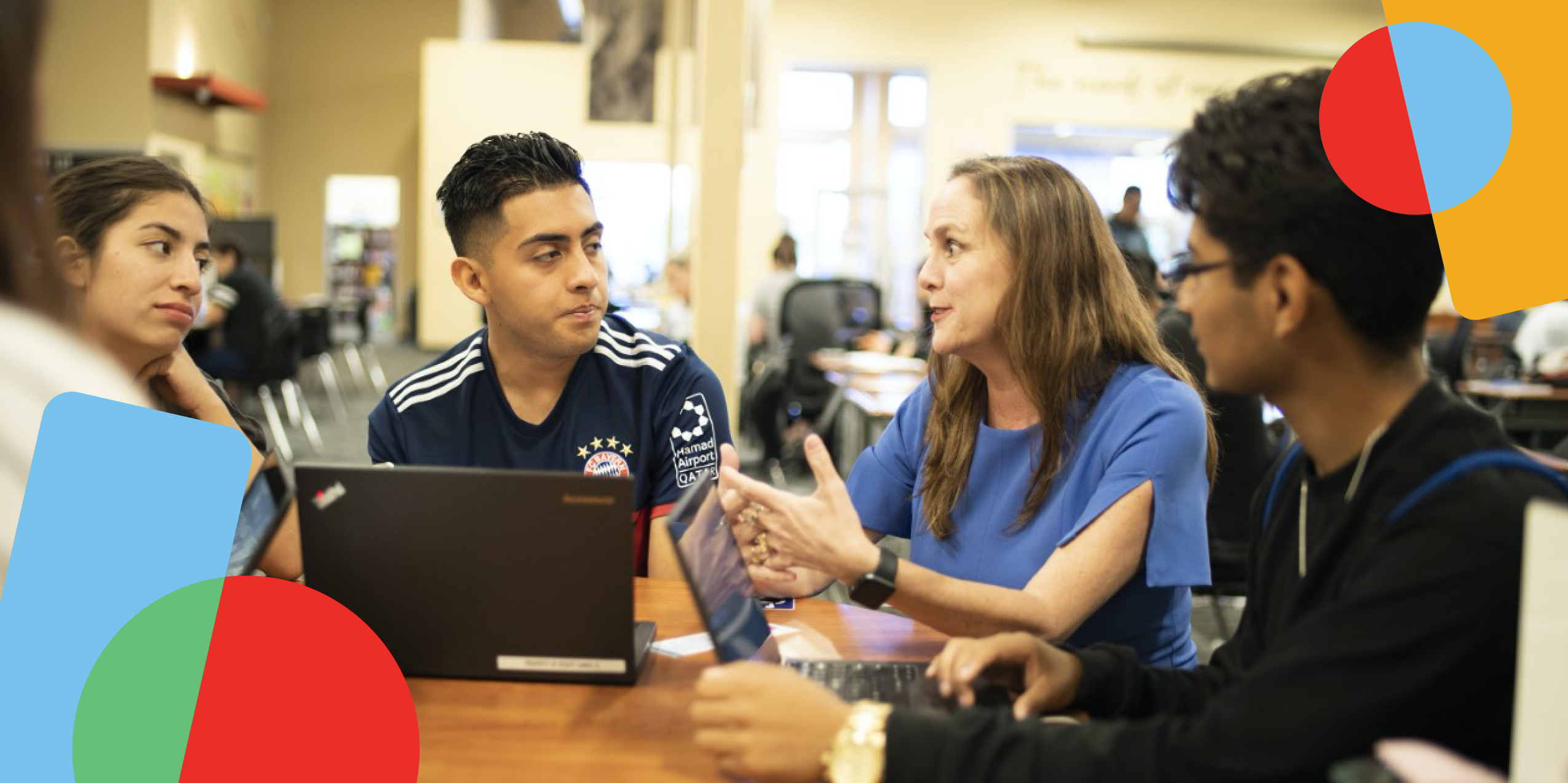
Educators and parents of all backgrounds are worried about learning losses suffered by their students during the pandemic. It has become clear that teachers can’t effectively serve 120+ high school students a day doing remote learning by trying to replicate the classroom experience through Zoom.
Dr. Caprice Young, our national superintendent, offers New Year’s resolutions to guide education reform for a system that best serves students:
- Make this a year of grace. Students who didn’t learn the material this year should neither be passed nor failed. In college, when students get sick mid-semester or cannot finish their work for a variety of reasons, they are given a grade of “incomplete” and allowed a year to make up the work. Pushing students forward with academic gaps does them no favors. Calling them failures for events and circumstances that were no fault of their own is unfair and damaging. We need to recognize that academic healing is needed and allow our students and faculty the grace that is needed for everyone to recover.
- Every student needs access to technology. This crisis has exposed the extreme inequity in our school system. There is no excuse to not ensure a laptop for every student starting in kindergarten, loaded with the software and communications tools needed to compete with affluent peers and spark their imagination about the world.
- Make the switch to individualized instruction. Students should progress from grade to grade based on their competency in the subject matter, not how much time they sit in a classroom. Some kids are bored and not challenged, while others are lost and not able to keep up. During the pandemic, most schools have just replaced seat-time with screen-time with the same five and a half hours a day of lecturing-type instruction. Students need the opportunity to learn in groups, one-on-one instruction, independently, and through interaction with strong online programs. Just four hours per week of high-intensity instruction can lead to a full week of effective individualized student learning.
- Trauma-informed education should be the standard. Students and teachers are feeling the stress and grief from COVID-19. Even before this pandemic, schools primarily treated the behaviors associated with trauma or stress as disciplinary cases. When youth and adults act out, with short tempers or by becoming withdrawn, we need leaders and counselors to recognize grief and respond through trauma-informed practice which address the underlying causes of disengagement.
- Offer life skills and job training. A four-year college degree is not needed for all professions, but advanced skill sets, the ability to navigate the working world, and a professional attitude are. More than thirty percent of students who do enroll in college drop out in the first year. So, what happens to all these young people who are entering adulthood without the skills to earn a decent living? Moreover, the vast majority of jobs in the US are created through small businesses. Our students complete a 10-week professional skills course that includes exploring career goals, basic computing, resume preparation, professional etiquette, and time management. Then they move on to a specific career pathway – with options like computer programming, food service, medical, construction, media arts, entrepreneurship, and cyber-security. Workforce development and entrepreneurship must become core goals of our education system.
- Expand year-round access to enroll in school. Students shouldn’t have to wait until the start of a new school year or semester to reengage in school and work to catch up on missed or retry subjects they failed. Schools should offer a year-round schedule and extended open hours to access teachers, computer labs, learning materials and tutoring – online and in person.
